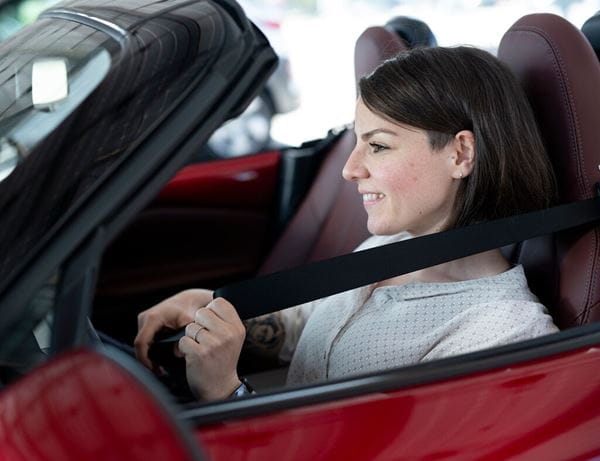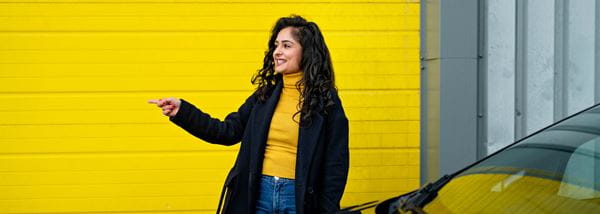
Rear view mirror: A complete guide of adjustment
Most drivers believe they are adjusting the rear view mirrors on their vehicles correctly . However, this does not prevent blind spots , which are the ones that cause accidents more often than desirable. Hence, the importance of adjusting the mirrors to achieve greater visibility and avoid accidents during overtaking, lateral displacement or lane change manoeuvres.<br />
Although it is true that for a few years car manufacturers have offered blind spot detection systems for rear-view mirrors, with cameras and/or radars that warn of other adjacent vehicles outside the driver's angle of visibility, many drivers continue to rely on manual adjustment, or do not have a new vehicle with these technologies.
How to adjust your mirrors
If your car does not have an angle presence detection system, the solution is a new orientation on the exterior mirrors, applying an adjustment of approximately 15 degrees towards the exterior to continue seeing the vehicles that follow us and that we lose sight of through the interior rear-view mirror, as explained with these illustrations:
The goal is to expand vision and eliminate "blind" areas. From the correct position of the driver (in the blue vehicle in the illustration above), open the exterior rear-view mirrors as far as possible from the interior to the exterior and until nothing is seen of the vehicle body (see: fig. 1 and Fig. 4) to give more vision coverage to the lateral margins; that is the complete opposite of what they taught us in their day with the technique of keeping visible in the interior corners of the mirrors the two reference points: our vehicle and the other (see: fig. 2 and fig. 5), The latter function is performed by the interior rearview mirror (see: fig. 3) permanently.
You should follow these steps if you want to use this technique of adjusting the rear view mirrors:
- Step 1. Place the interior rearview mirror as you normally would
- Step 2. Tilt your head to the left until it touches the driver's window. From that position, adjust your left rear view mirror so that you can see the back corner of your car
- Step 3. Tilt the same angle to the other side, and put the right side mirror in the same way
Thanks to these adjustments, it will be possible to observe vehicles approaching from behind, through the interior rear-view mirror and if the same vehicle changed lanes, it would disappear from the interior rear-view mirror to be seen in the external rear-view mirror.
It takes a while to get used to driving with the mirrors positioned that way because you have to learn to look first at the interior mirror and then at the exterior mirrors. With this new technique, the exterior mirrors no longer cover an area that is already covered by the interior mirror so that blind spots disappear.




